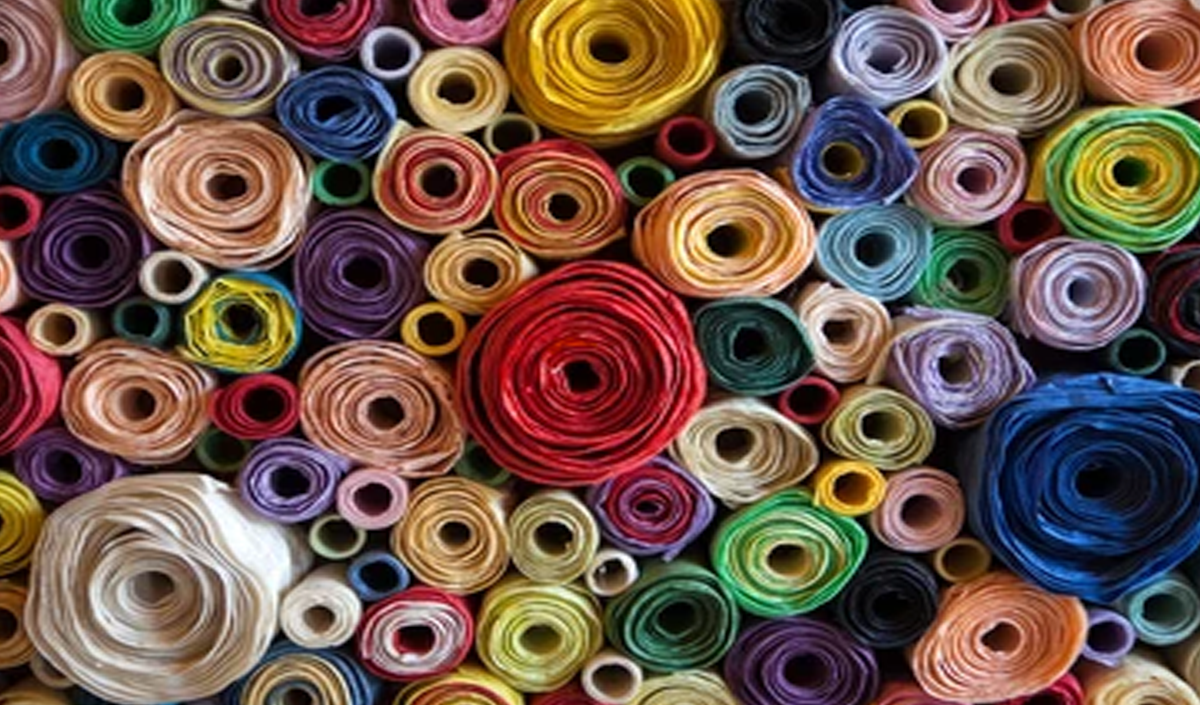You want the most excellent fabrics when you buy them, but there are times when there are too many options, making it challenging to choose while you are at a fabric showroom. Of course, the color and design of the displayed materials will catch your attention immediately. However, it is only one aspect of fabric sold by the yard; to choose the best fabric, you must also consider a number of other factors. When purchasing materials, you should keep an eye out for the following
- Quality of the fabric
Feel the fabric against your skin to determine its quality before choosing whether it is made of linen, cotton, polyester, or nylon. The cloth must be flawless, especially concerning dye, pattern, fibers, tears, and other blemishes. If there are any flaws in the fabric, you will undoubtedly have clothes manufactured that show those flaws. Therefore, the material should be of the highest quality.
2. Type of Fabric
Fabrics can be classified primarily as natural, synthetic, or a combination. Cotton, linen, denim, leather, and silk are excellent examples of natural fabrics. Examples are polyester, rayon, spandex, DTY cloth, acrylic, nylon, and other synthetic materials.
As long as they are in excellent shape, fabrics that combine natural and synthetic fibers are also ideal for clothing. Decide whether you want to purchase raw, synthetic, or a combination of the two types of fabrics. Your budget will also be a consideration in this situation because natural materials typically cost more than synthetic ones.
3. Color Fastness
Check your cloth to ensure the color is uniform and free of stains or streaks. Scrutinize the fabric, looking for any indications of uneven dying. You should switch to a different material if you see any places with color fading, especially along the fold line.
If a fabric has light colors in some areas, unless they are part of the design, avoid buying it because the color will likely fade when the material is washed. If you need to test the fabric, dampen a white handkerchief or cotton ball and rub it on a tiny surface area; if the color shows on the cotton or scarf, the cloth is of poor quality.
4. Suitability and Location
You most likely have a specific item in mind when purchasing the fabric. Thus it is vital to consider the fabric’s suitability at that time. For instance, wool swimsuits, cotton sportswear, or polyester infant clothing cannot be produced. When selecting the fabrics for the clothing, remember the occasion and the setting where they will be worn. Wool won’t work in an arid atmosphere, and chiffon is absolutely not appropriate for a trip to the frigid mountains. Since the cotton fabric is ideal for cooling the skin, it would be suitable for summer clothing.
5. Shrinkage
When choosing your fabric, you must take the shrinkage factor into account. You need to be aware of whether the fabric will shrink after washing. Every fabric shrinks uniquely. Add 10% of fabric to be on the safe side. If you can, use a preshrunk fabric that won’t cause any problems. Fabrics that have been preshrunk bear labels like “Sanforised,” “Mercerised,” and so forth.
6. Color
Particularly if you are selecting the fabric to build your garment, the color of the cloth is crucial. To make the dress even more stunning on you, pick a hue that complements your skin tone. Just make sure the color is in keeping with the “wedding theme color” if you are purchasing fabric to sew numerous gowns in a wedding color. If you are visiting an actual brick-and-mortar store, buy the cloth during the daytime rather than after dusk. You need natural light to see the actual color because artificial lighting can sometimes distort it.
Remember that once the fabric has been removed from the bolt, you cannot exchange it if you decide it is the incorrect color after purchasing it. It won’t be accepted, and this time you’ll have to spend extra money on the proper shade of cloth. Your budget may take a severe hit as a result.
7. Pattern
After viewing the many attractive patterns on the exhibit, you may be pondering purchasing patterned fabric. Just consider that certain materials will repeat patterns, which should affect the cutting. The fabric’s motifs must be dispersed evenly by being adequately positioned, especially at the seams. Avoid distorting the cloth when matched up or lined to form the garment. When it comes to patterns, select one that will serve as the most acceptable representation of the final fashion appearance you hope to attain with the dress you produce.
8. The Fabric Grain
When purchasing fabrics, this should be a top priority because even the most beautiful cloth may bring problems if the grain isn’t correct. Your garment will hang incorrectly if the fabric has improper grain. To avert similar issues in the future, don’t buy the cloth the moment you find the grain is completely off.
9. Fabric weight
By knowing the fabric weight, you may evaluate different fabric types and choose the ideal fabric for clothing for specific events and environments. In most situations, elements such as the fiber type, weave, and others determine the fabric weight. GSM, which ranges from 60 to 700, can be used to represent the fabric’s weight. A material like denim, for instance, will naturally have a GSM of 400, depending on the weave. Just keep in mind that a heavier fabric does not always imply a higher-quality fabric. The main factor that should determine compatibility is cloth weight.

